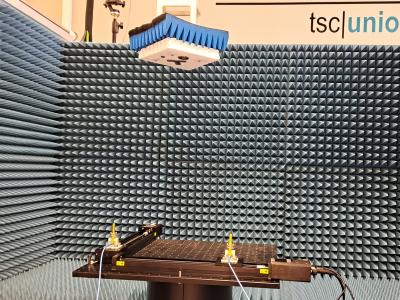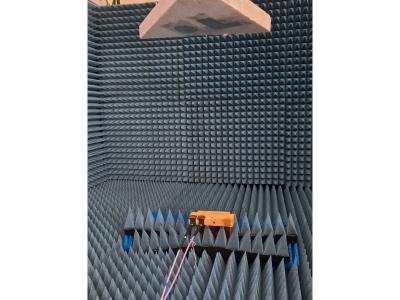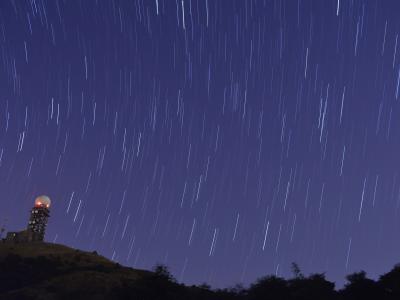
This dataset contains samples of the scattered field from a set of flat metallic objects. It includes several files corresponding to eight different measurement planes, where the distances between the plane containing the antennas and the plane containing the targets are 74.3913 cm, 66.4120 cm, 61.4173 cm, 56.4063 cm, 51.4131 cm, 46.3873 cm, 41.4244 cm, and 36.4289 cm. The measurement setup corresponds to a multistatic L-shaped configuration.
- Categories:







